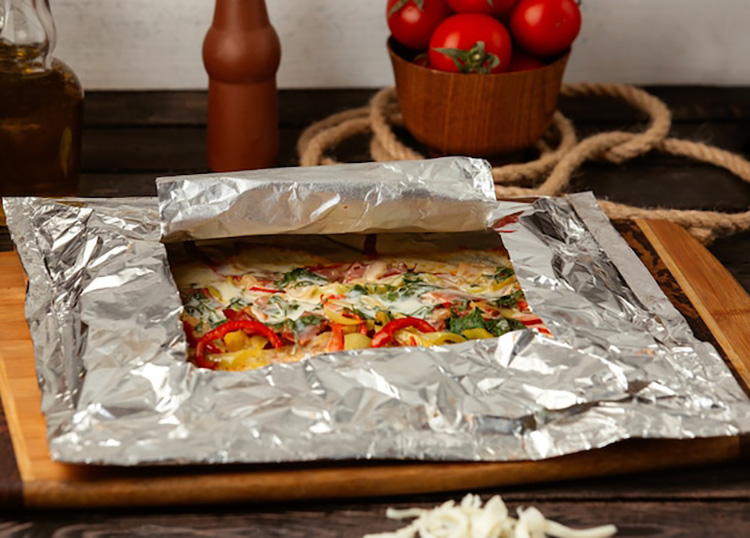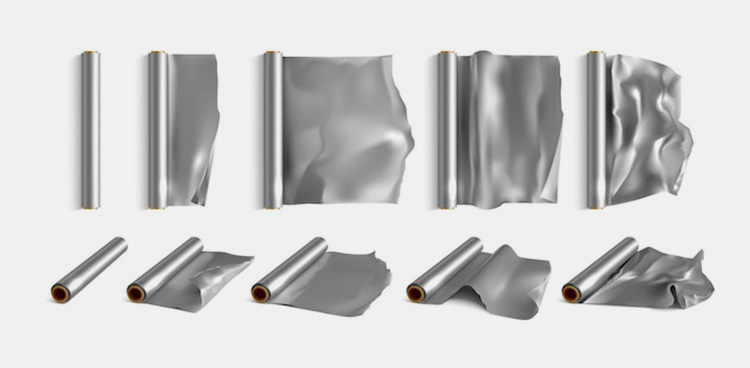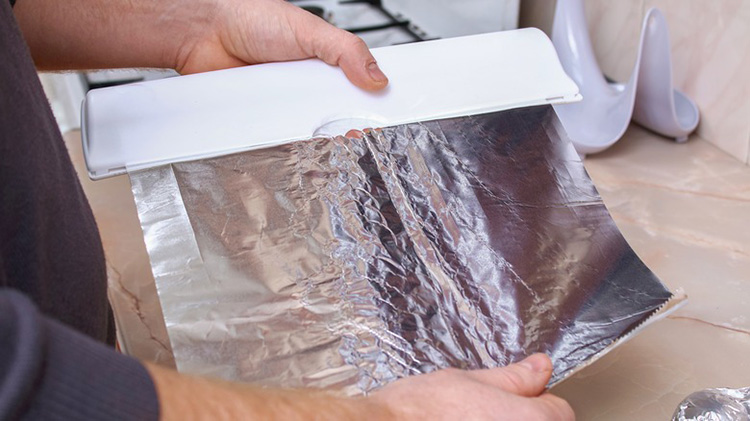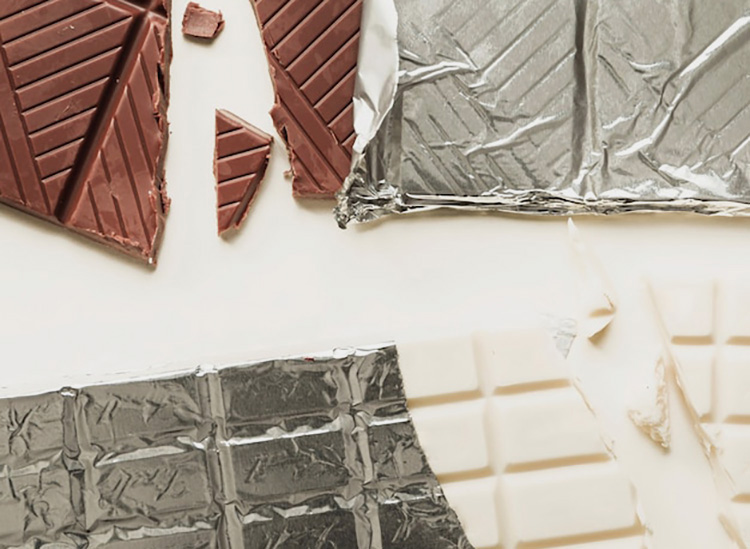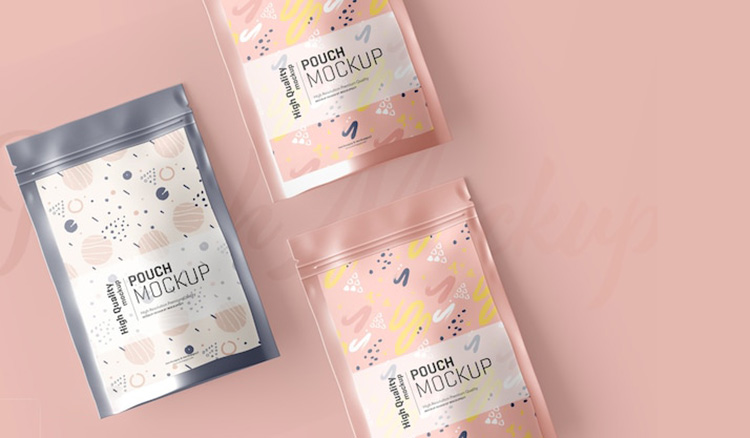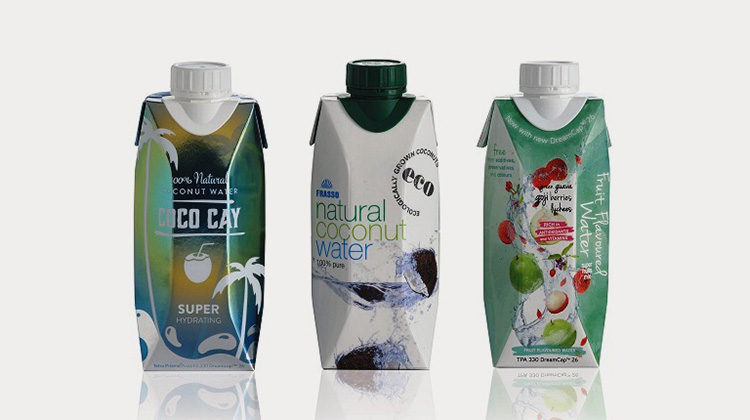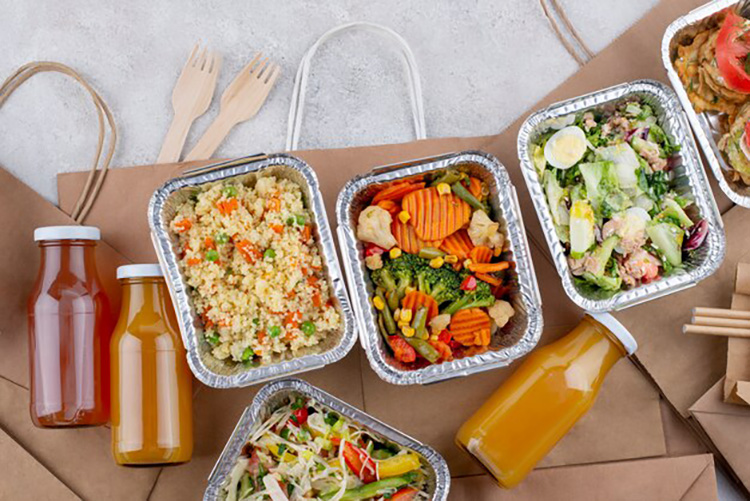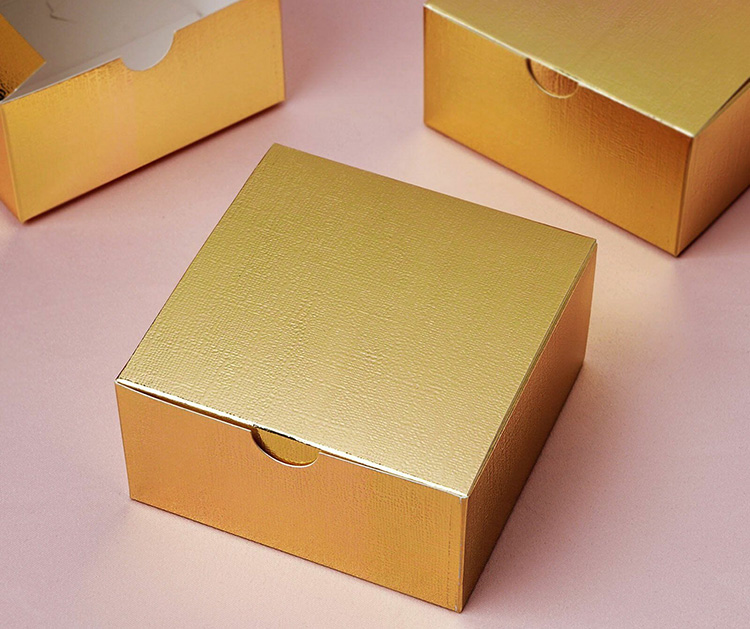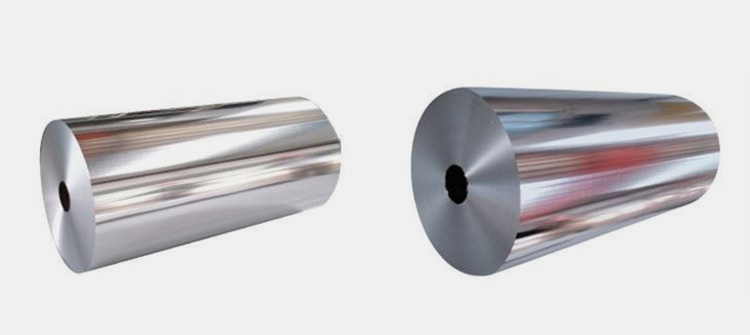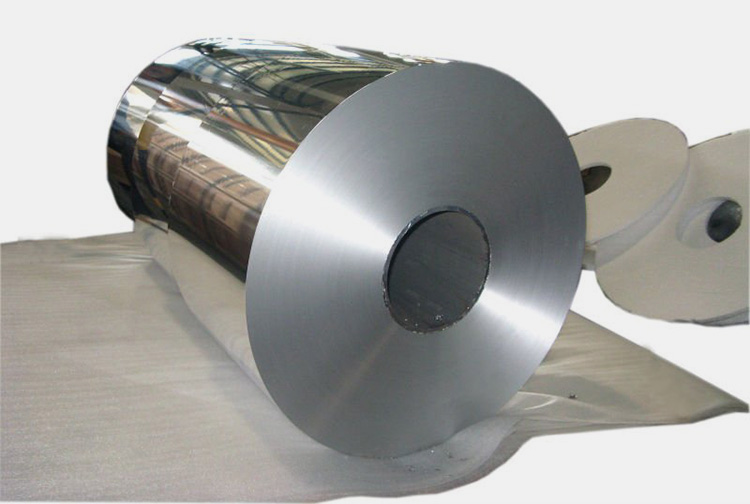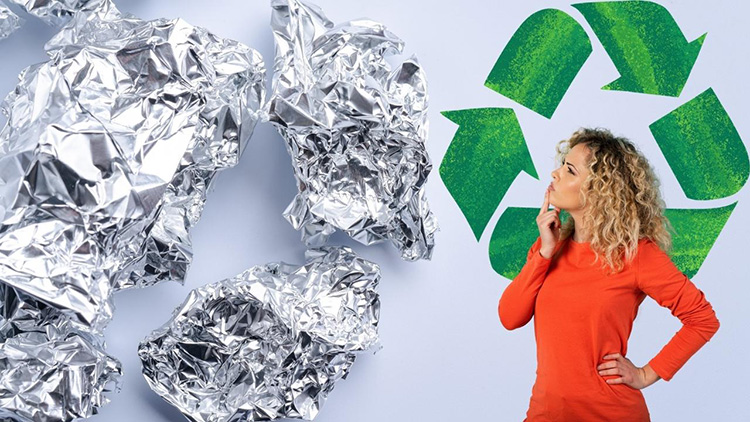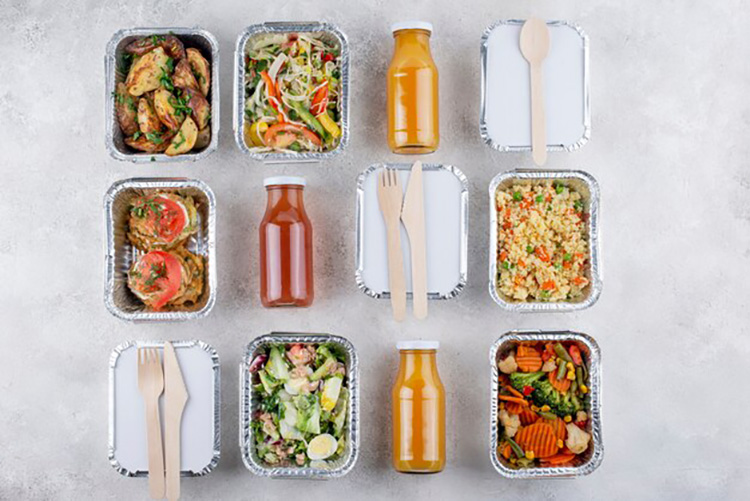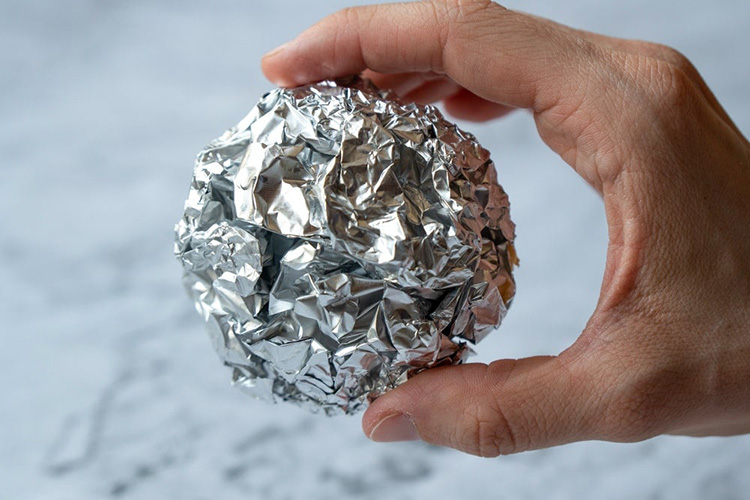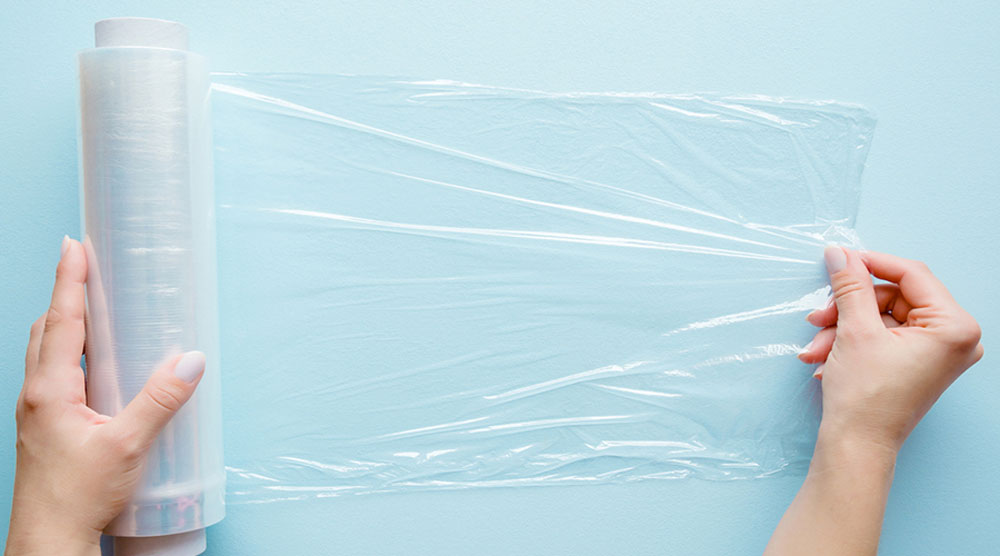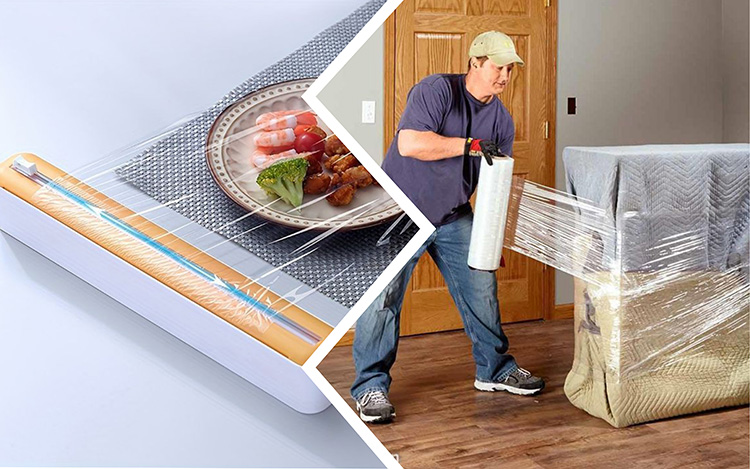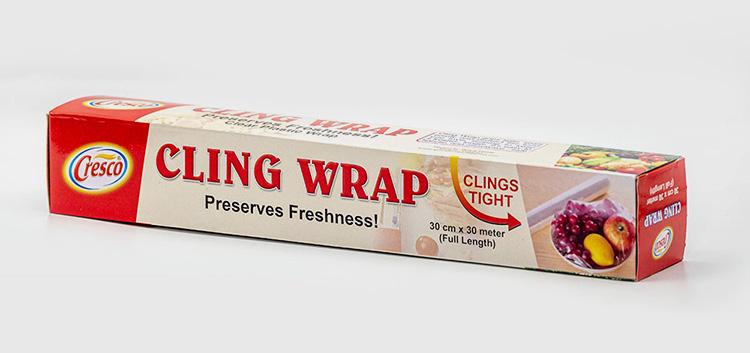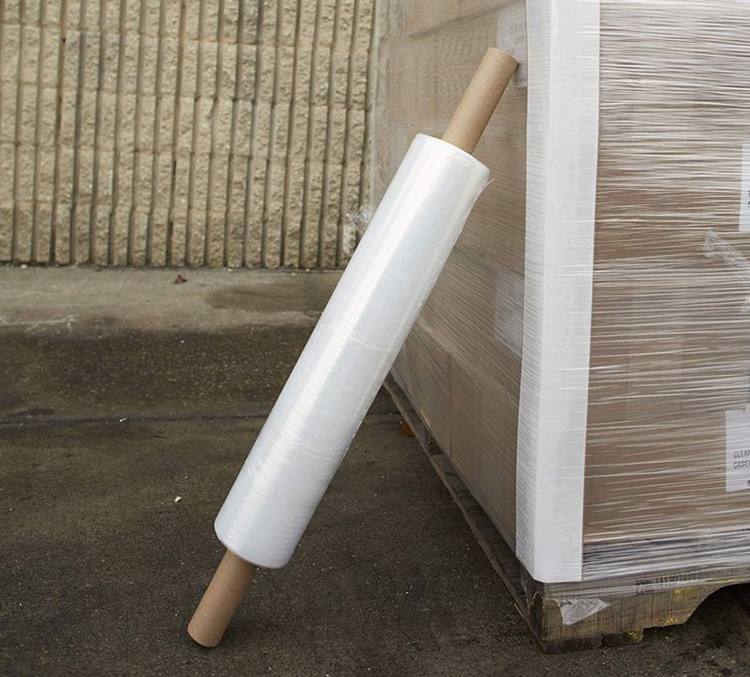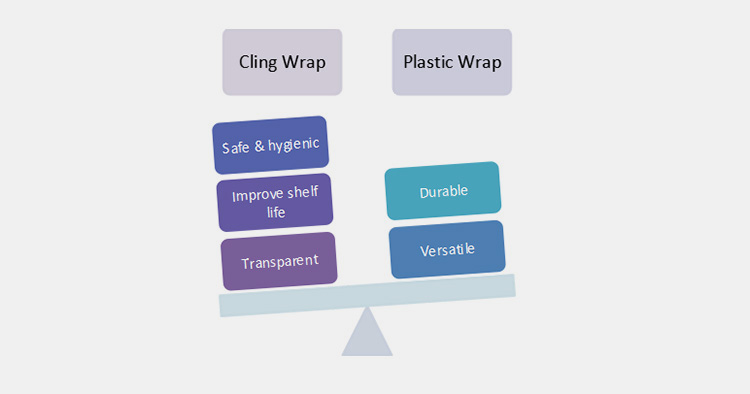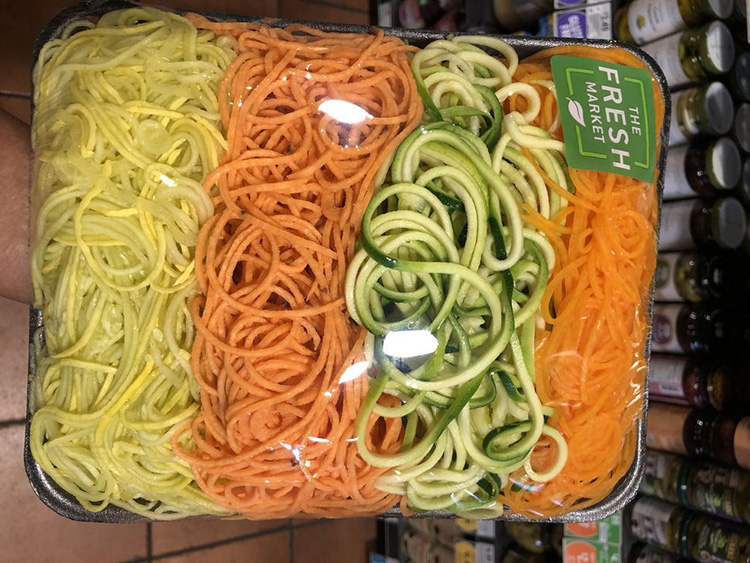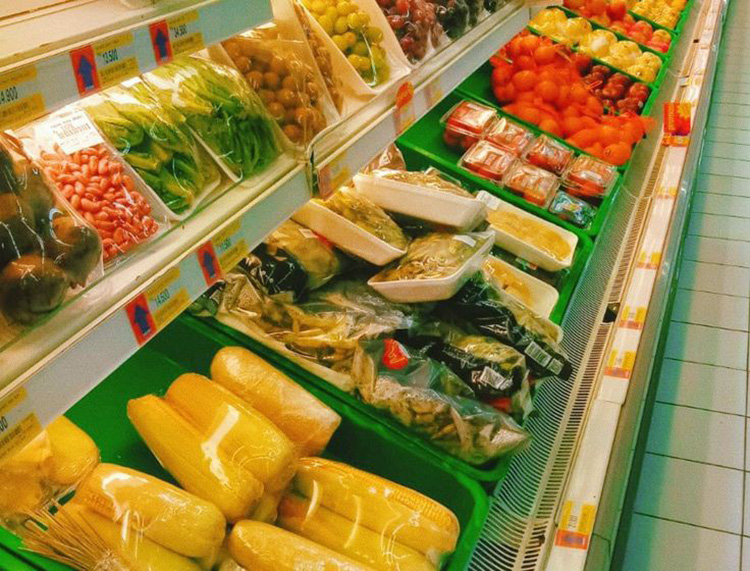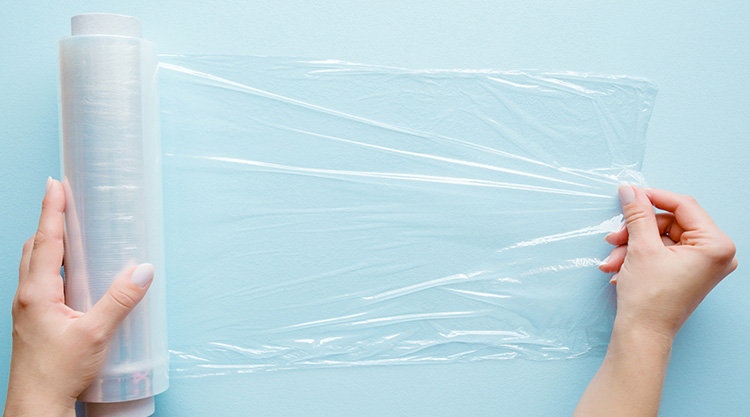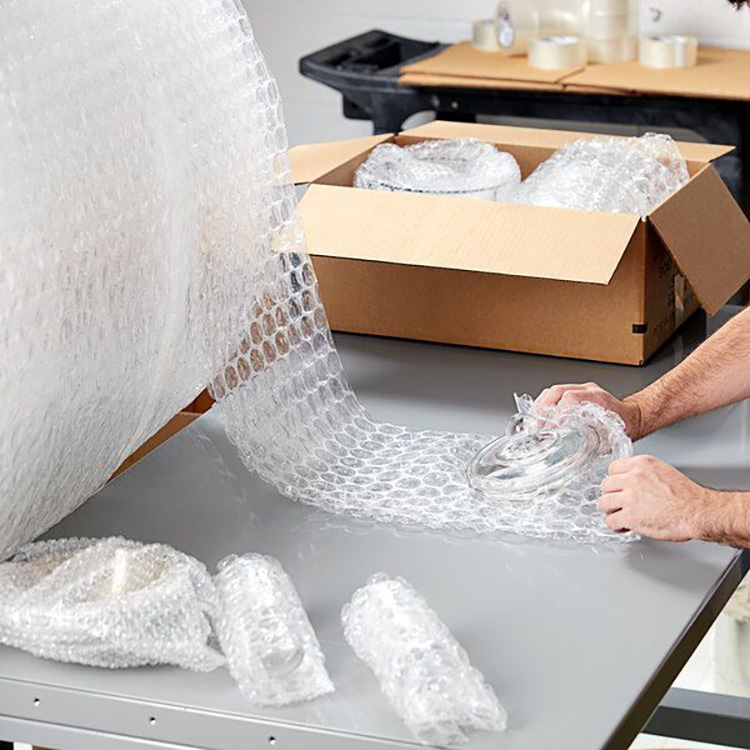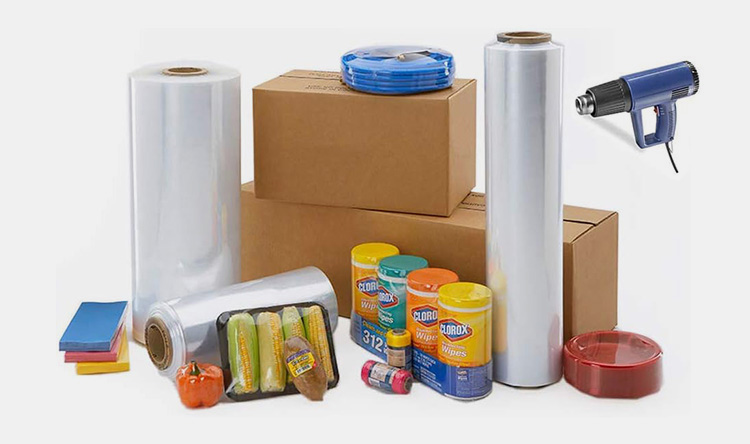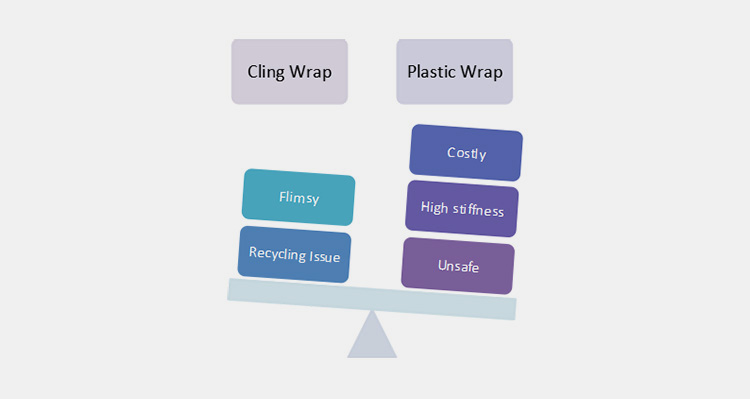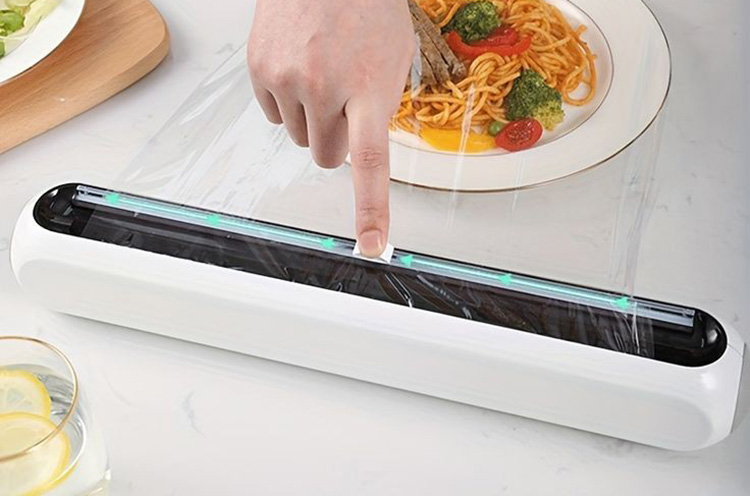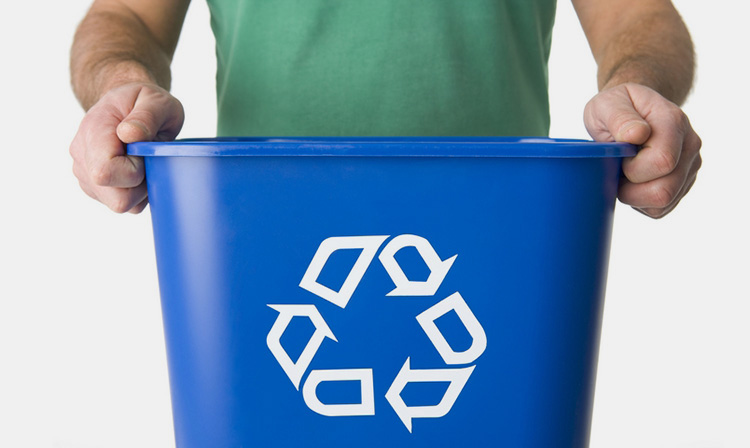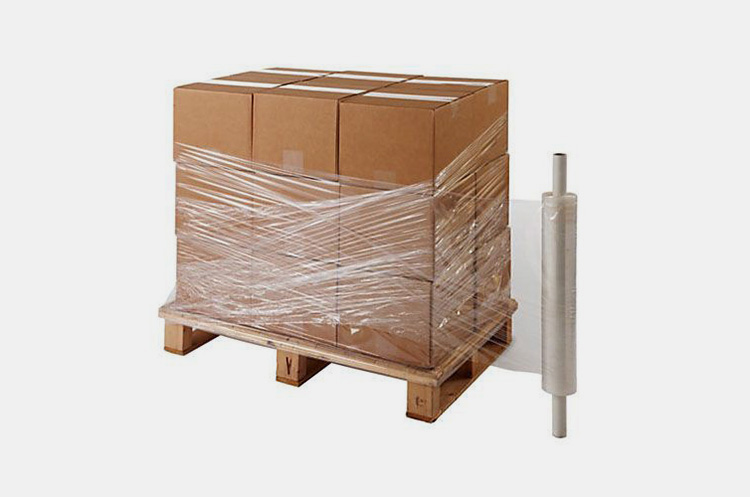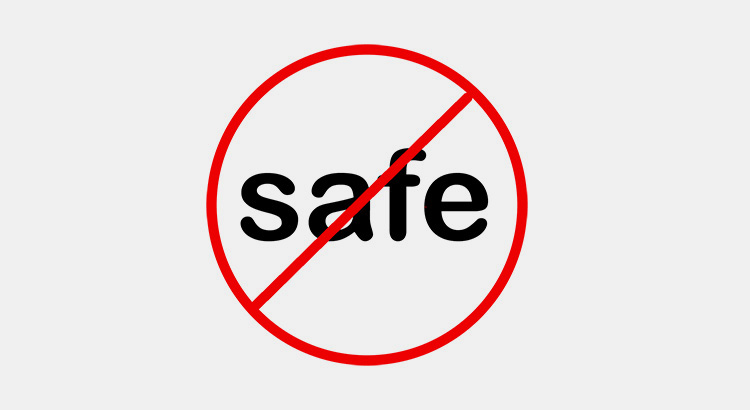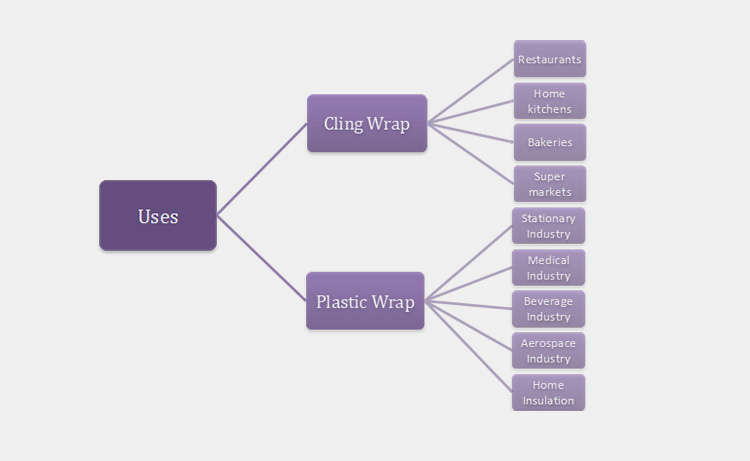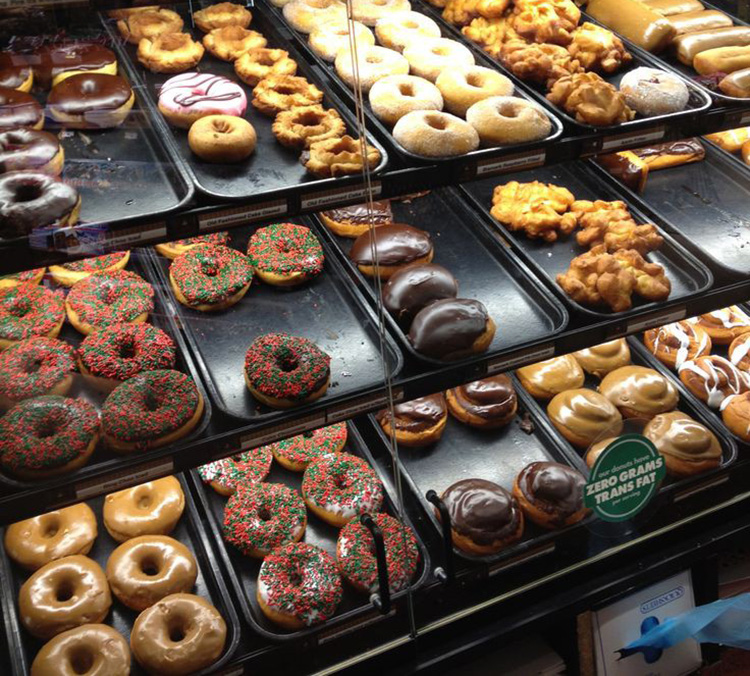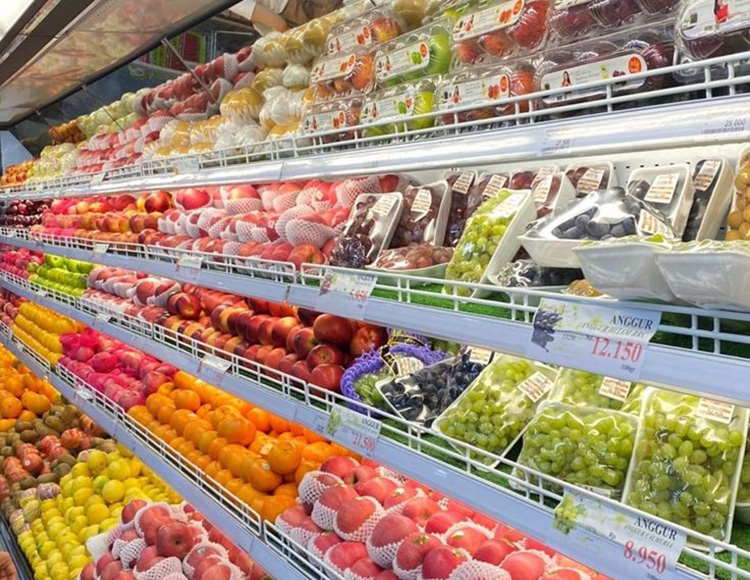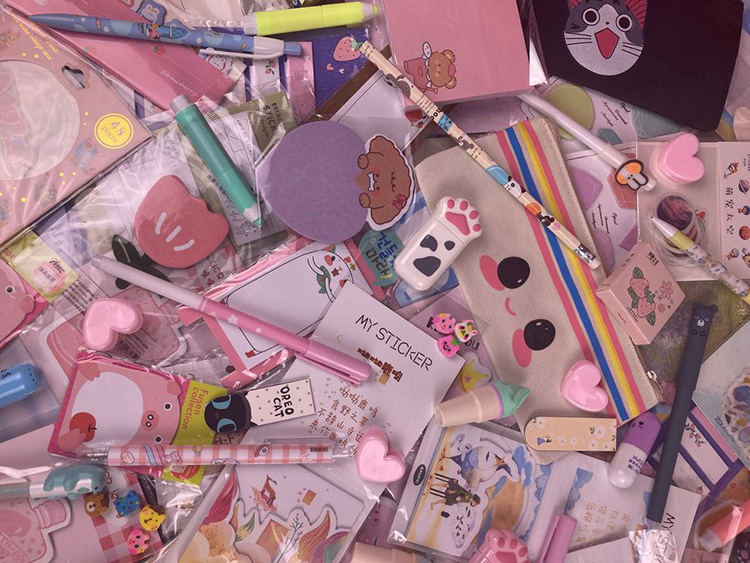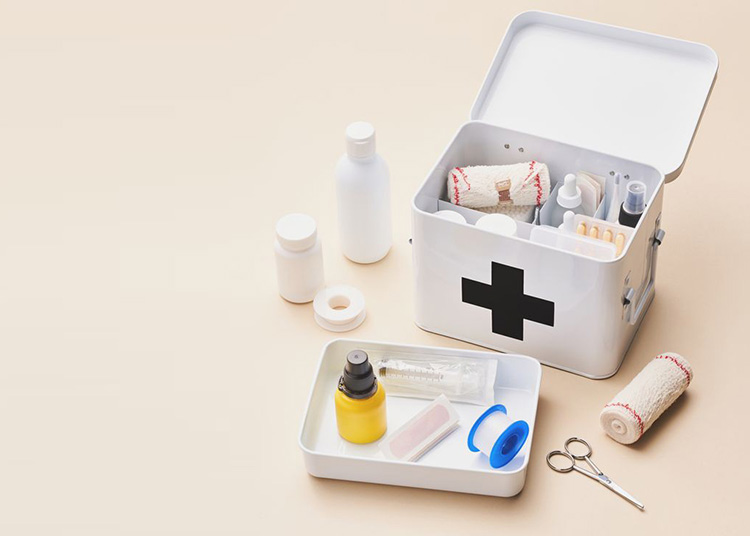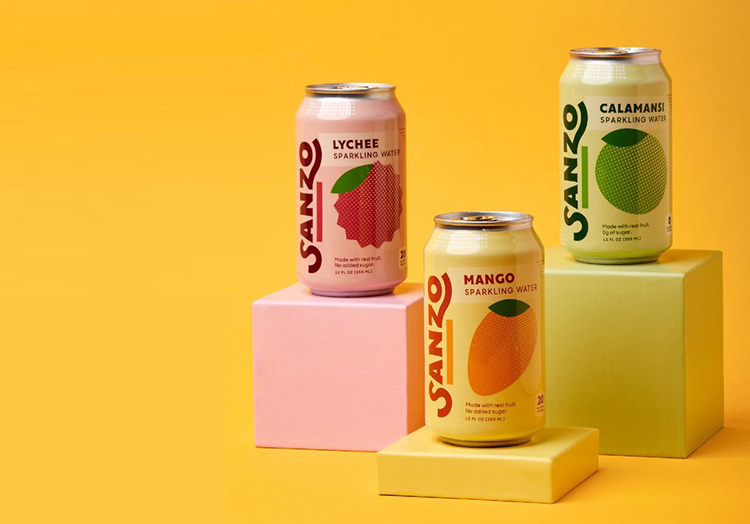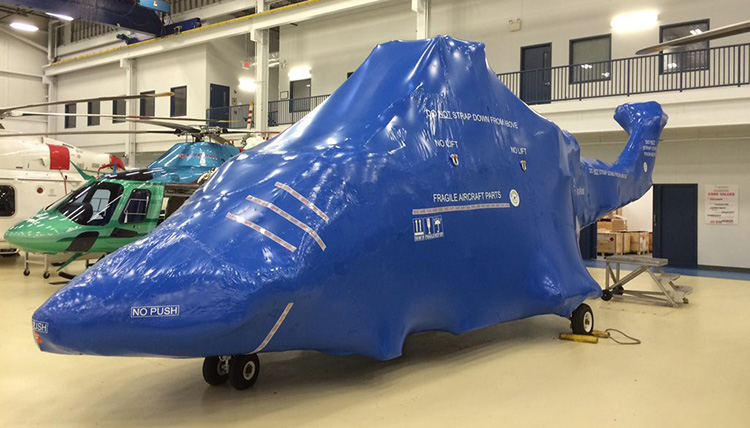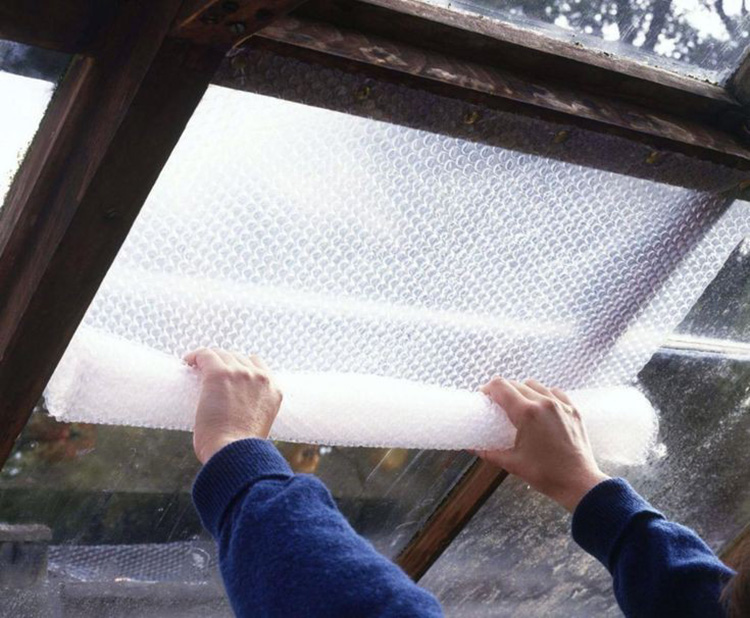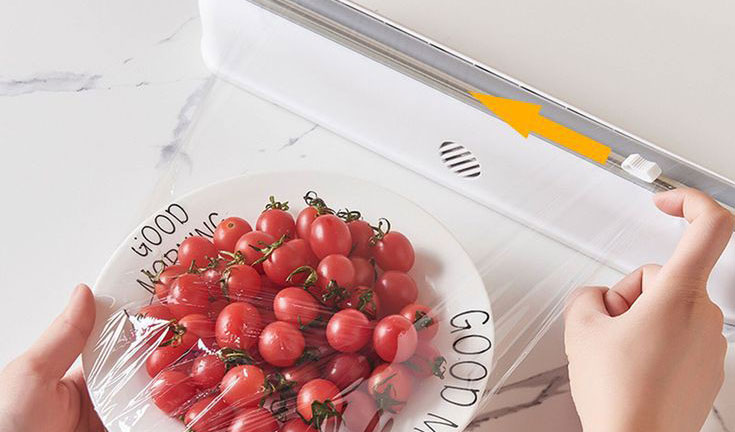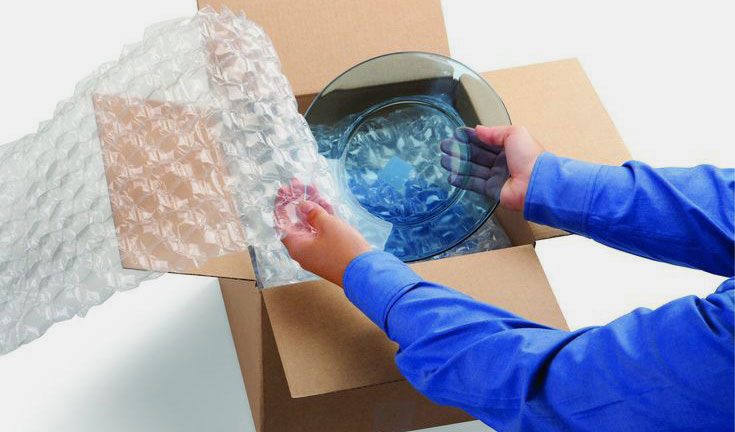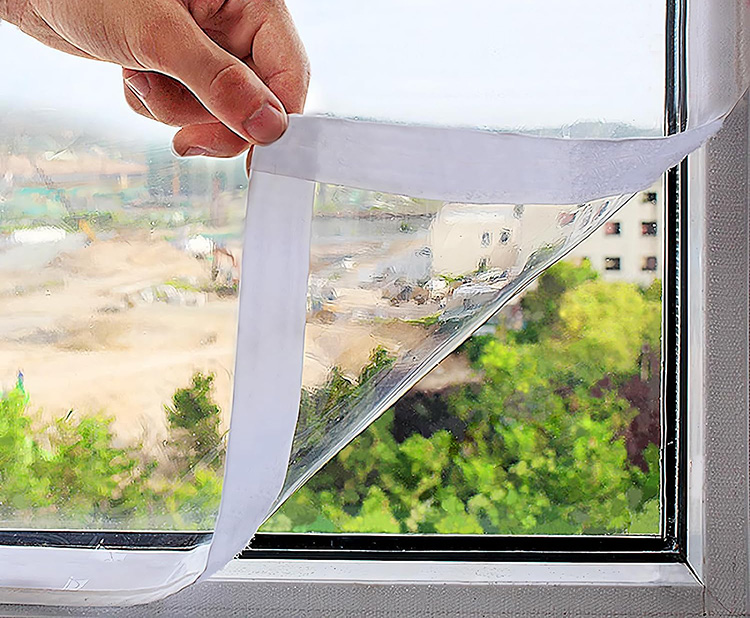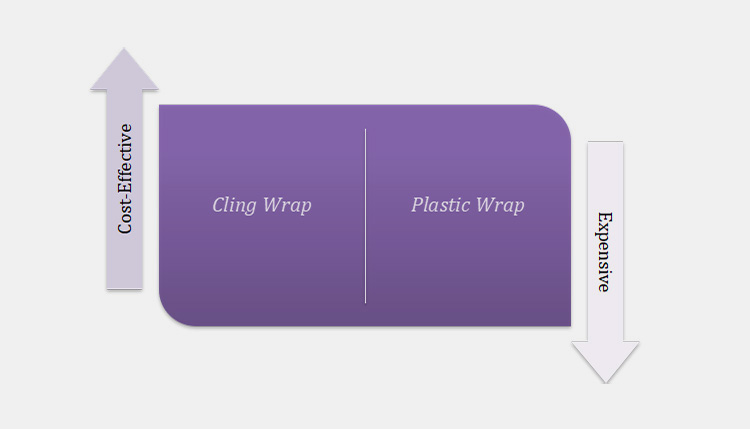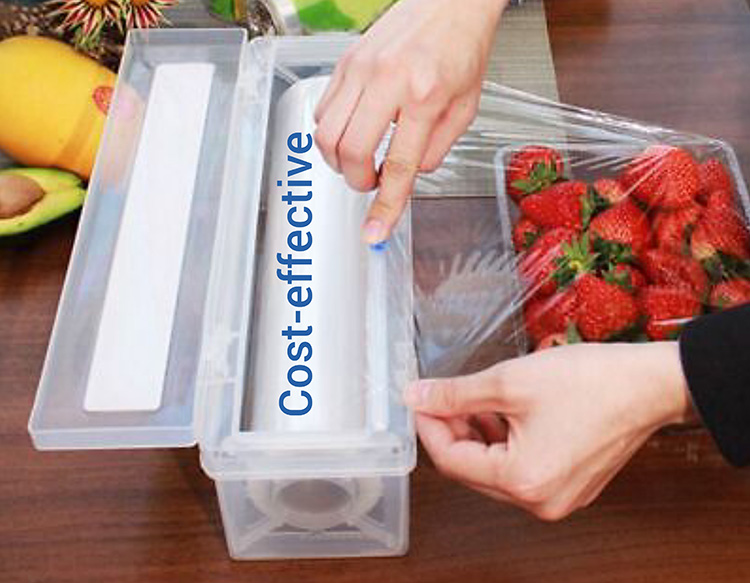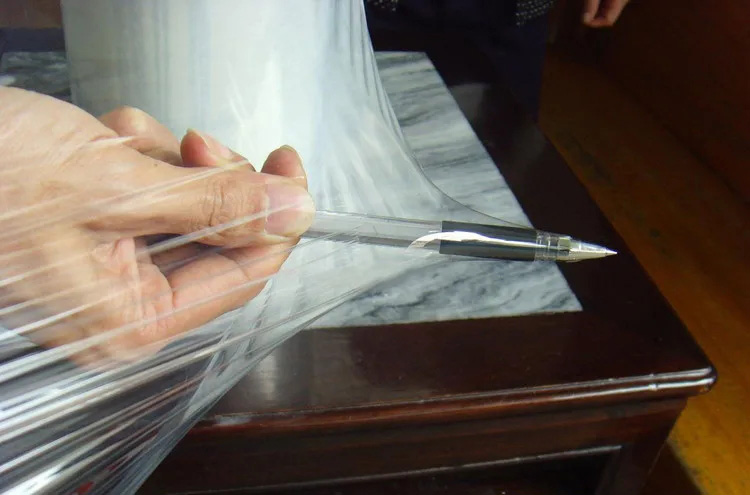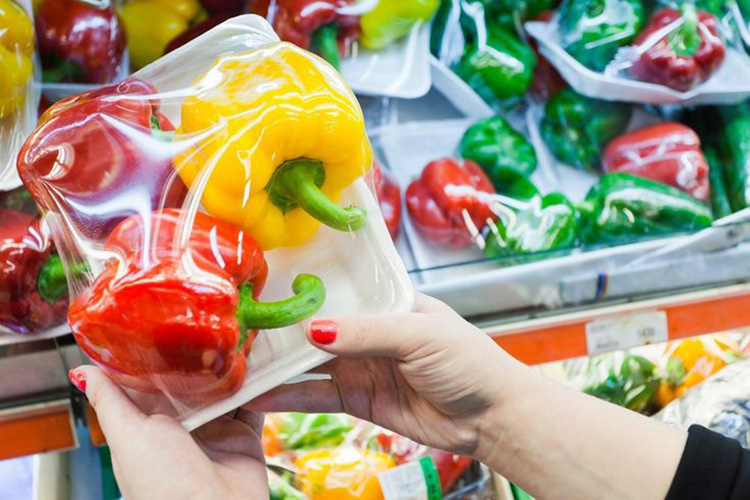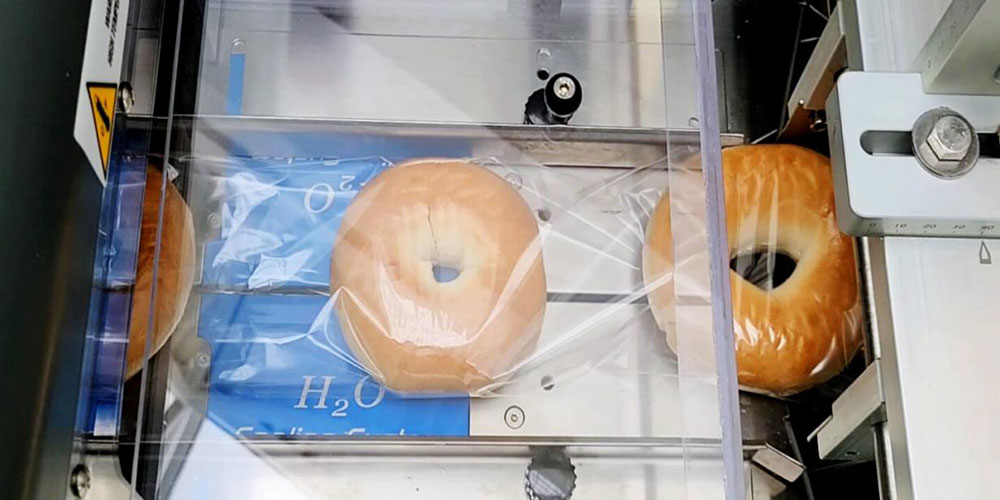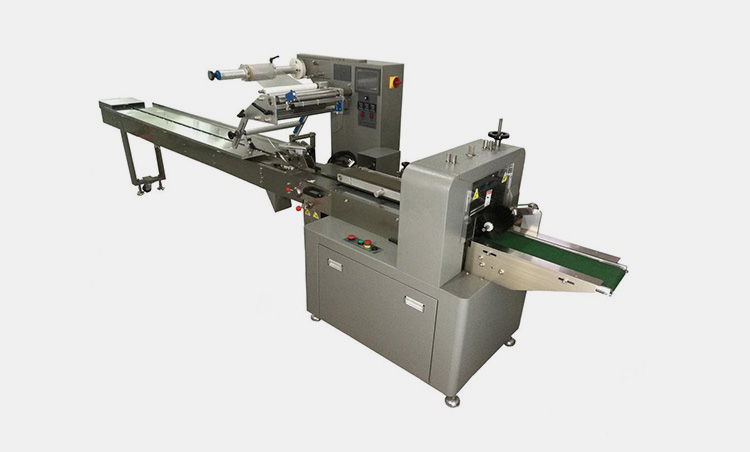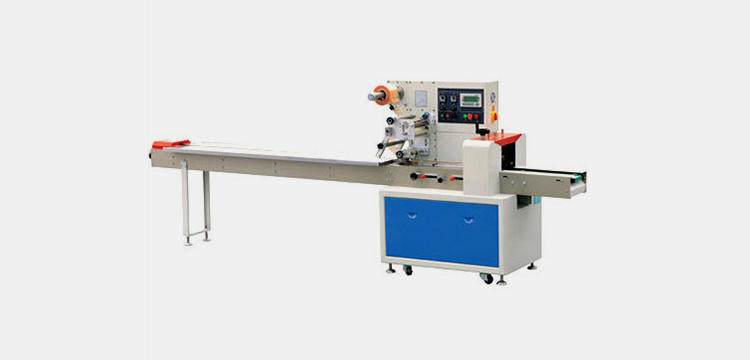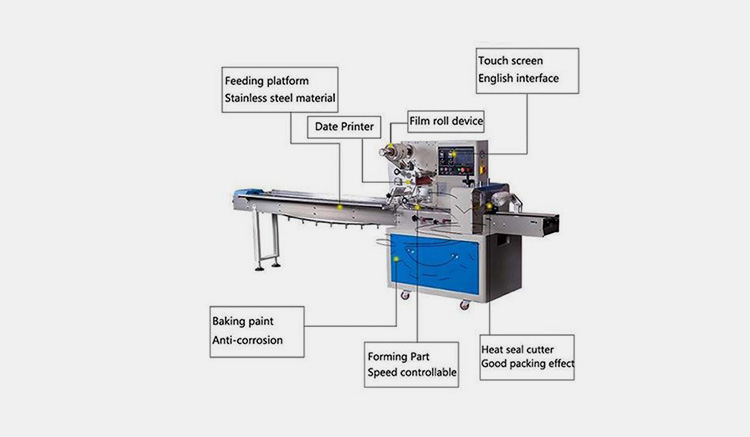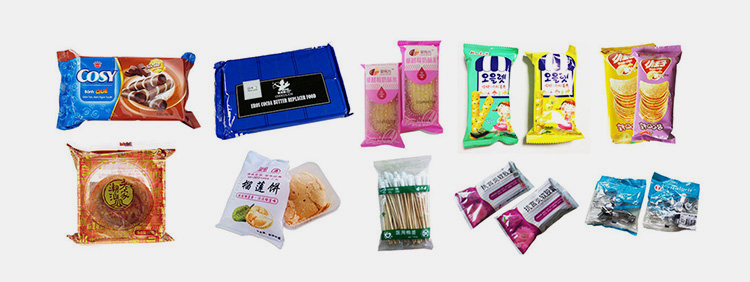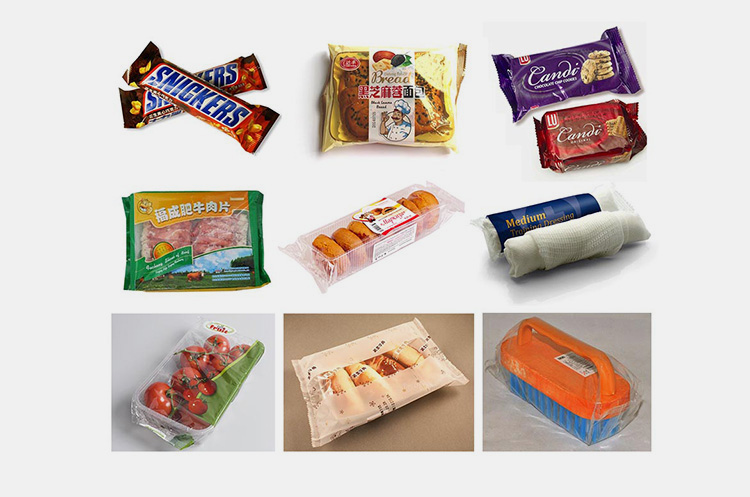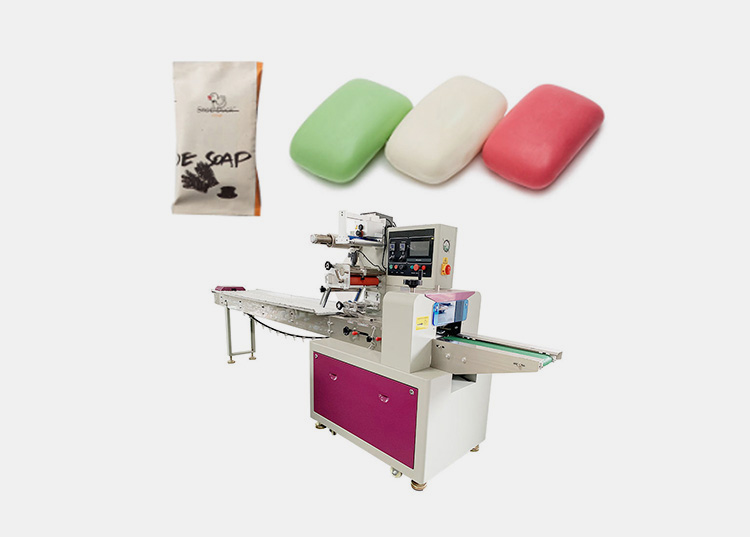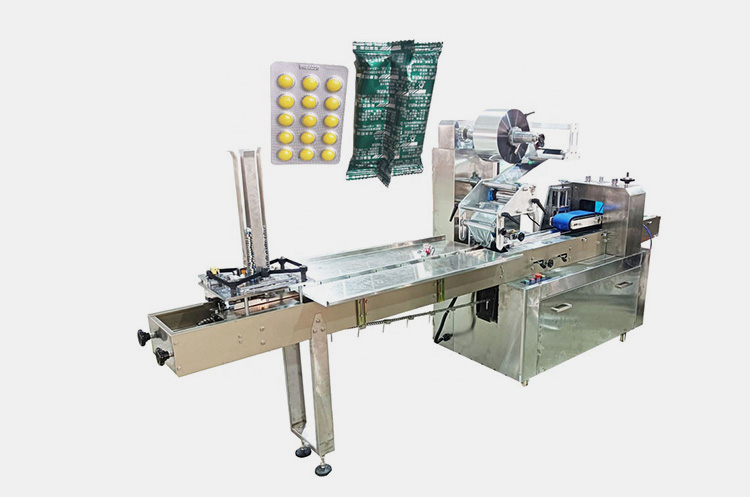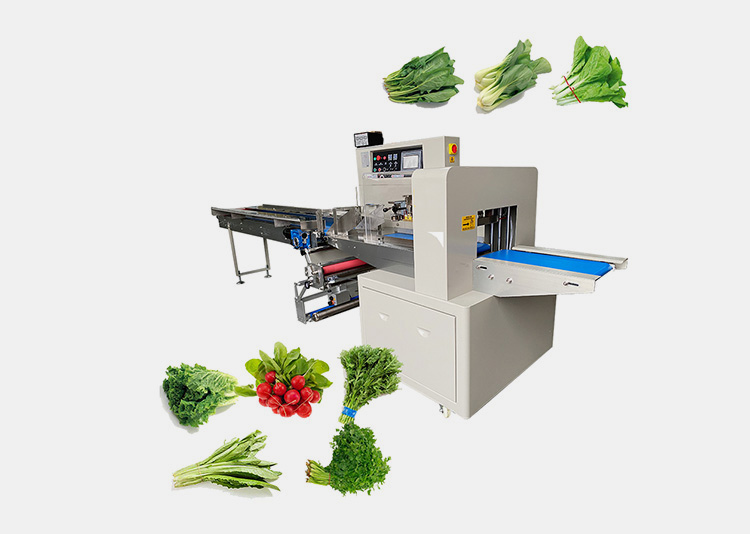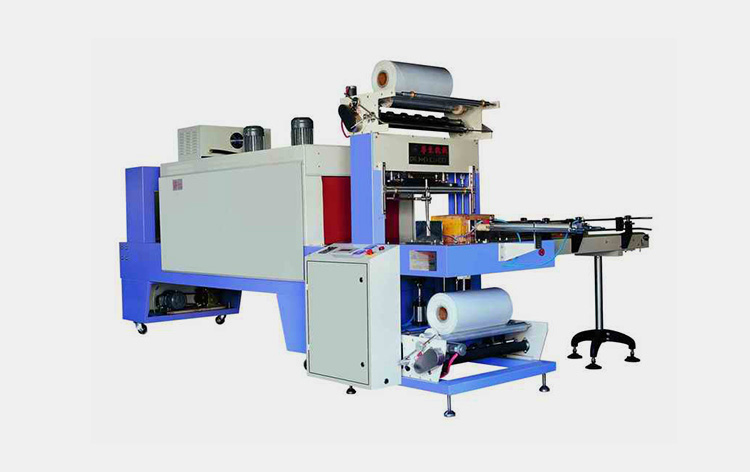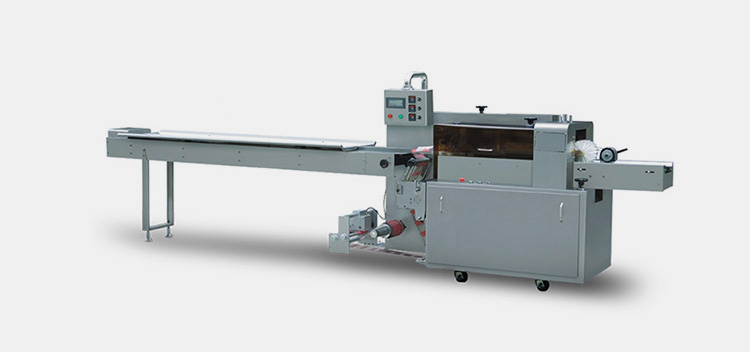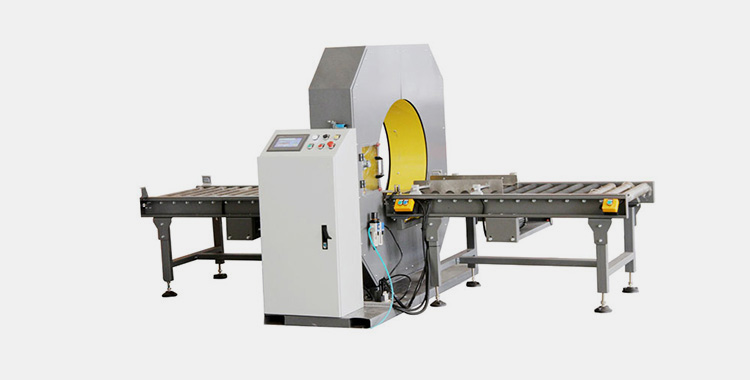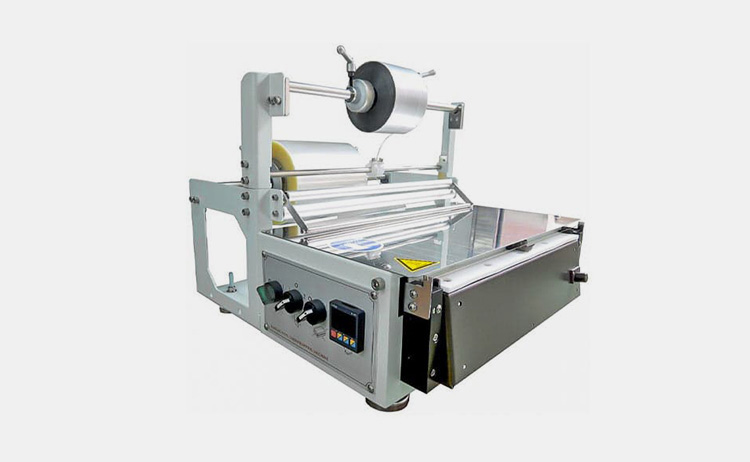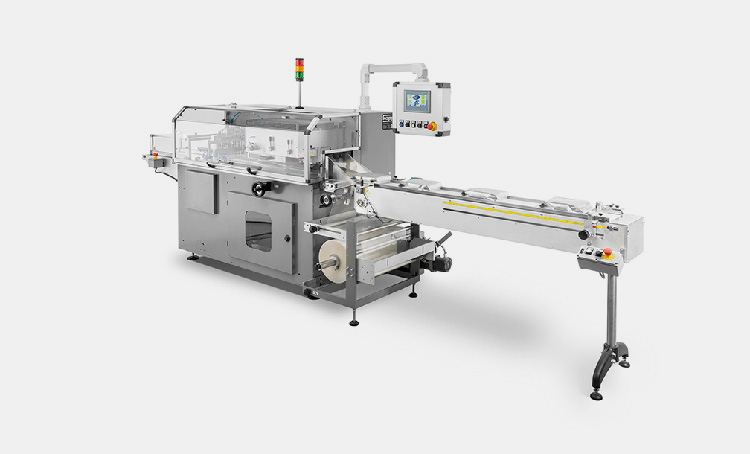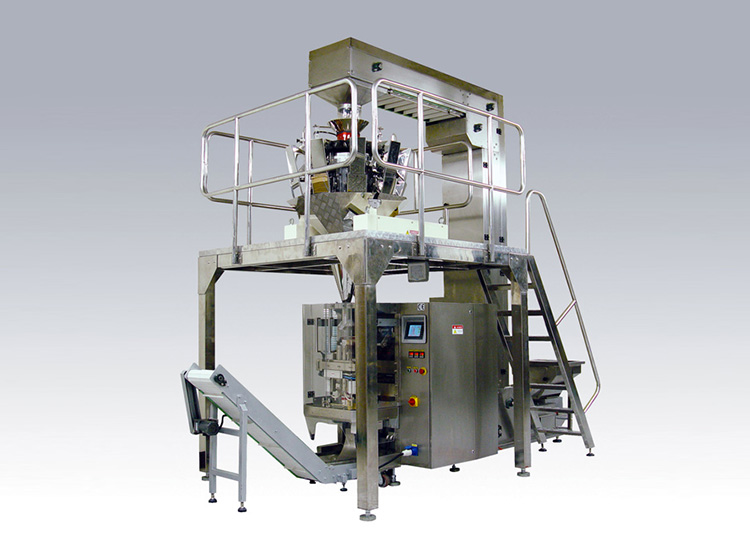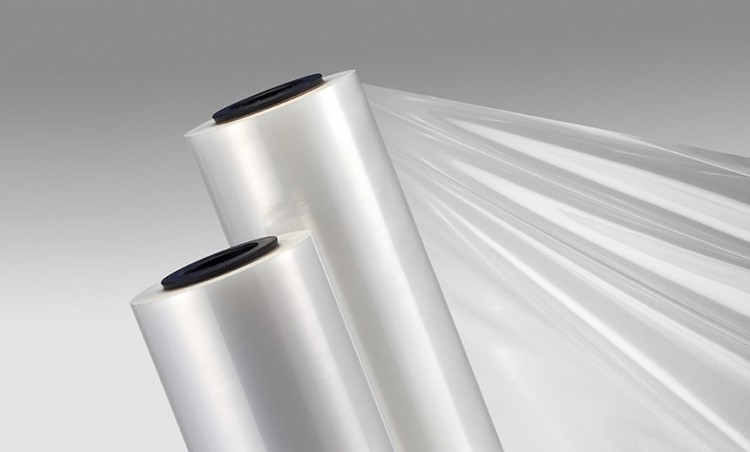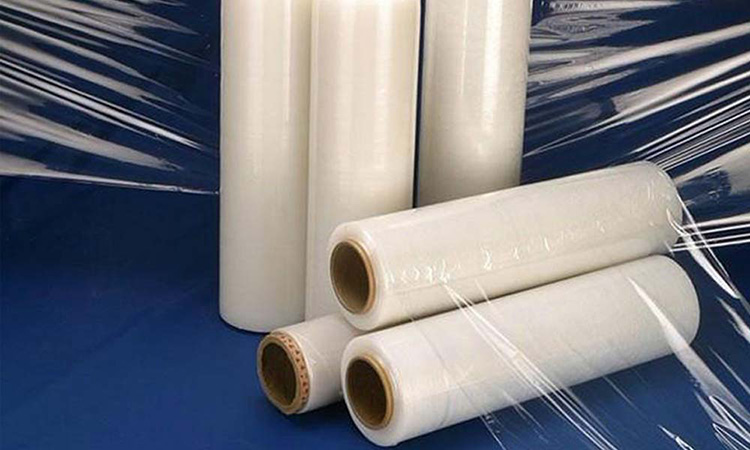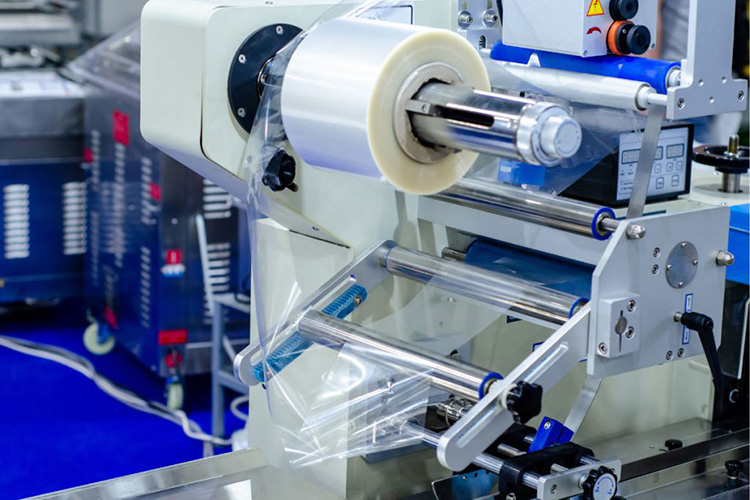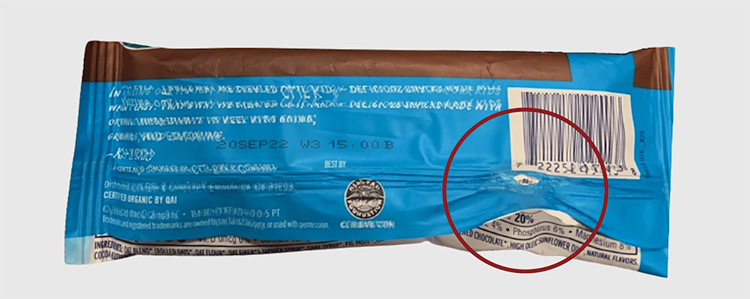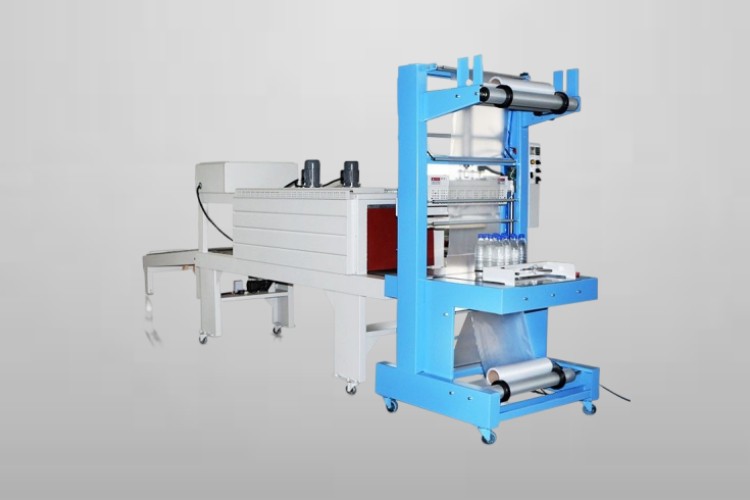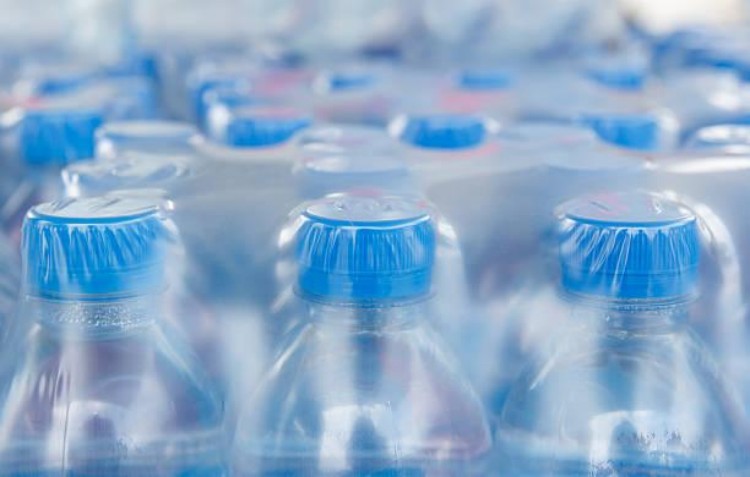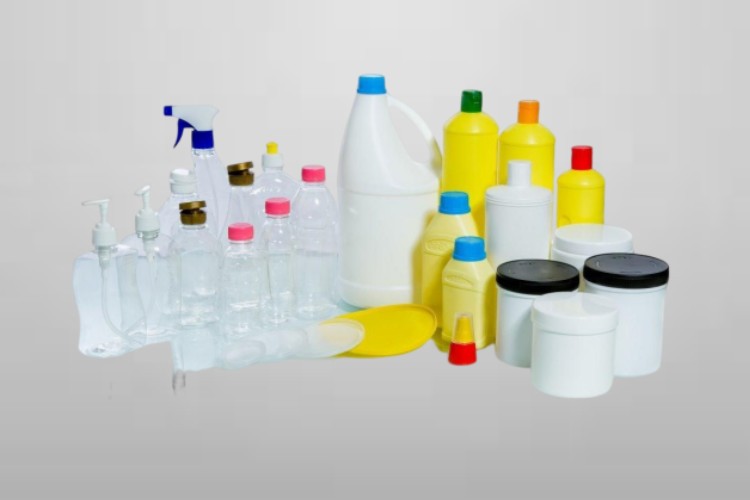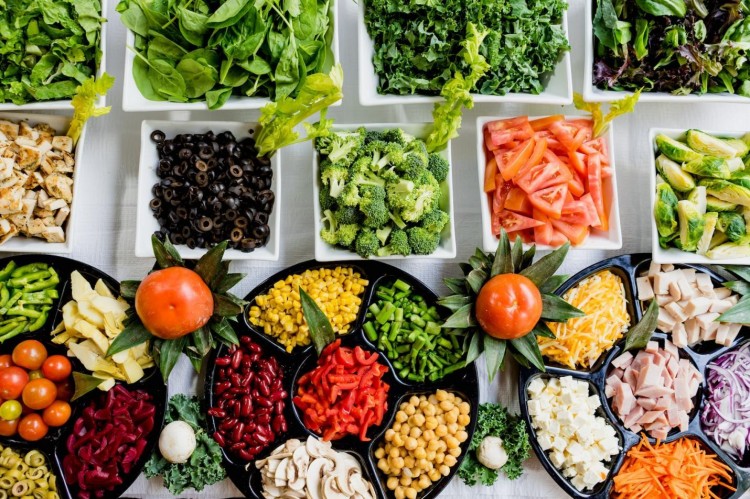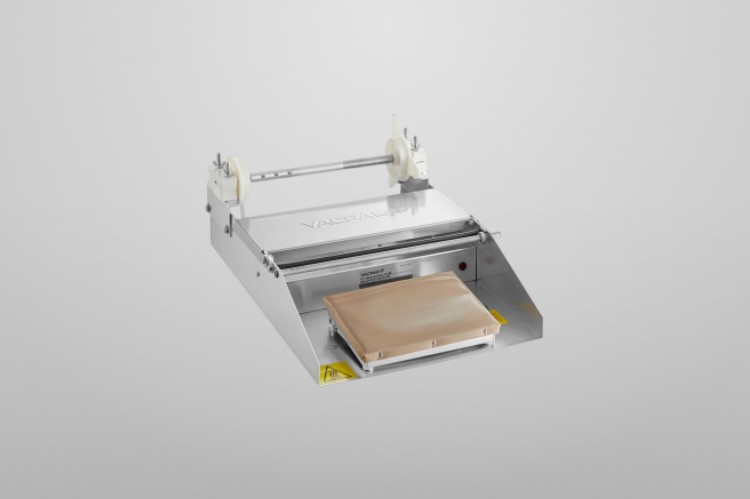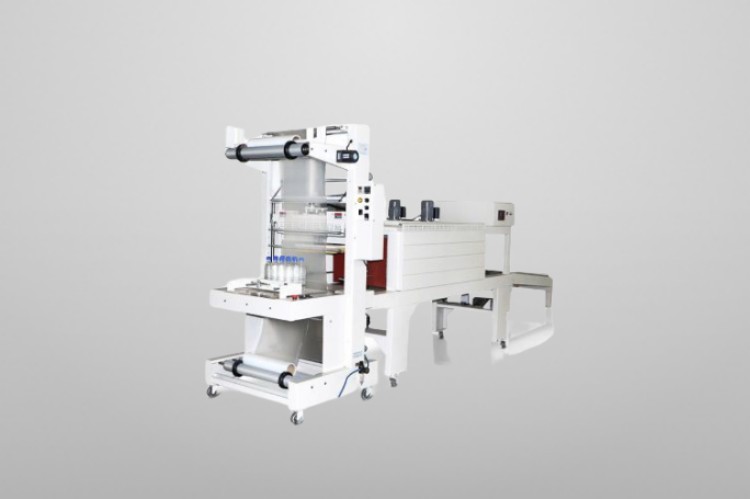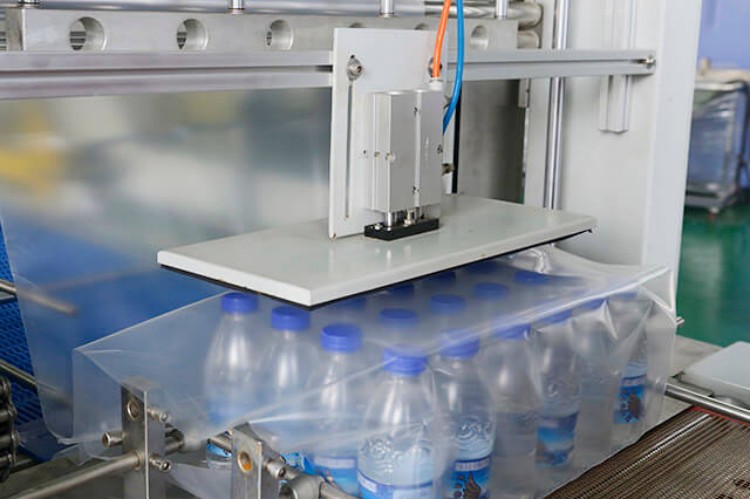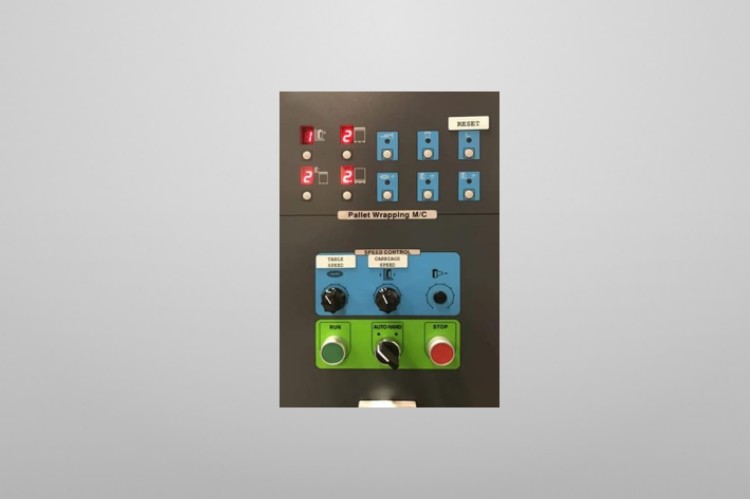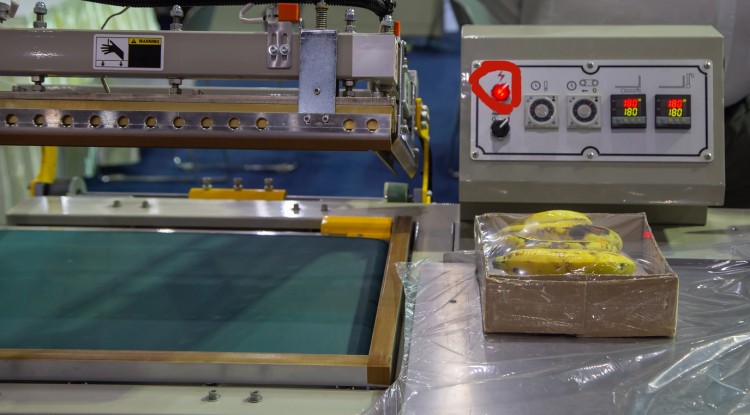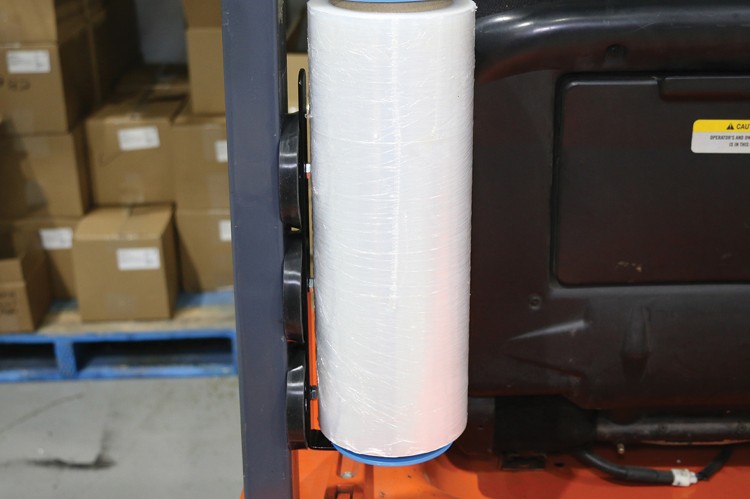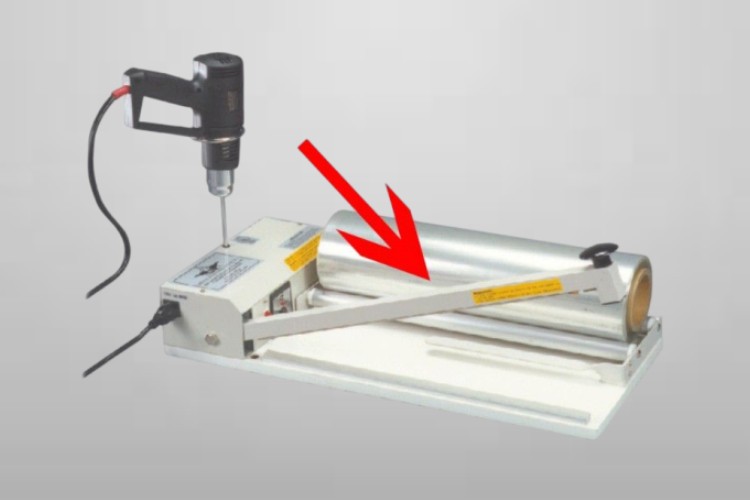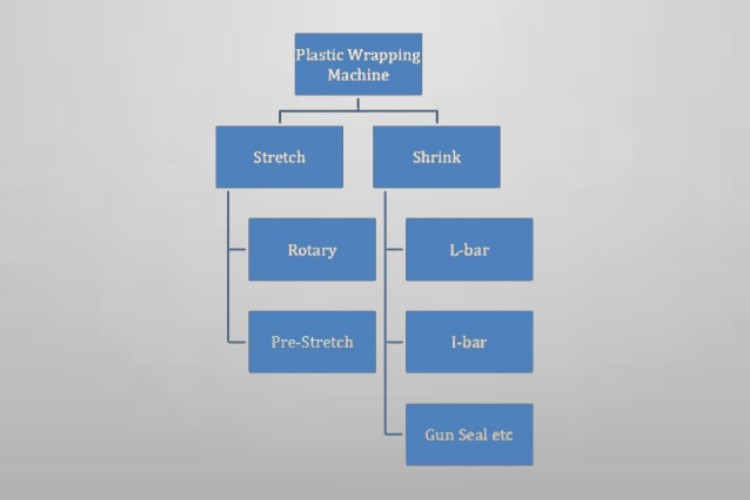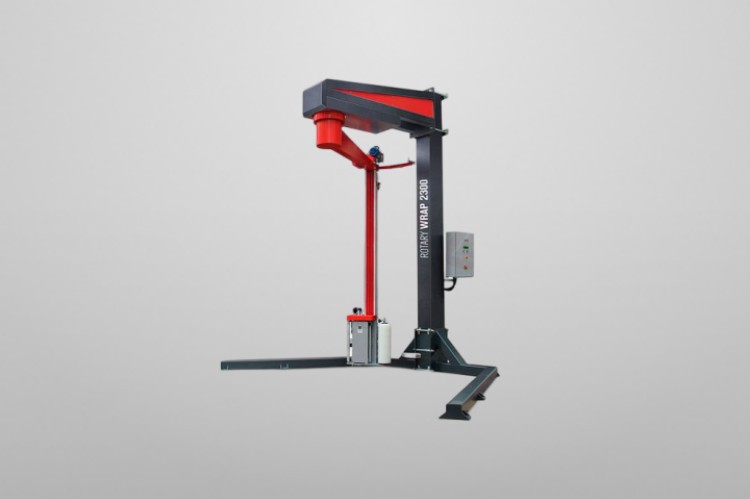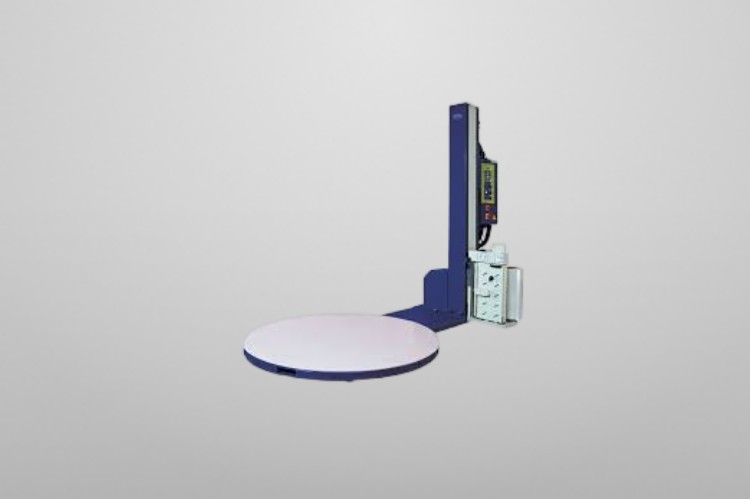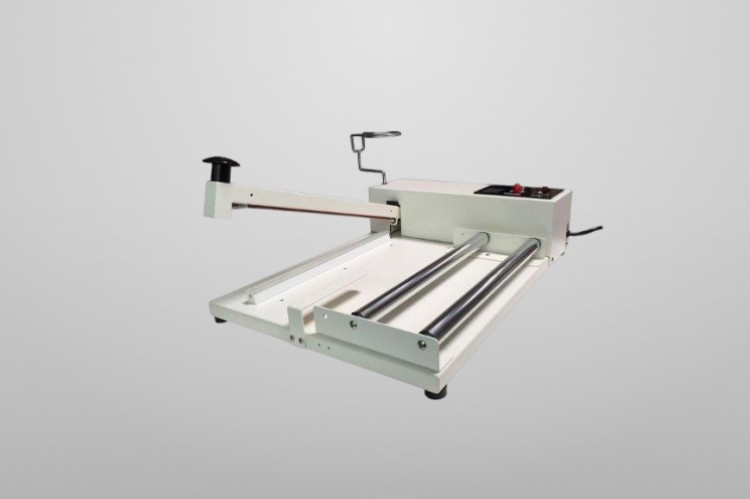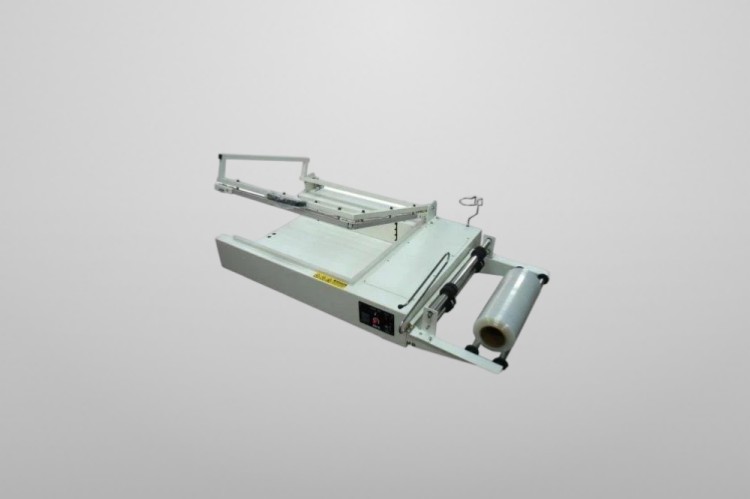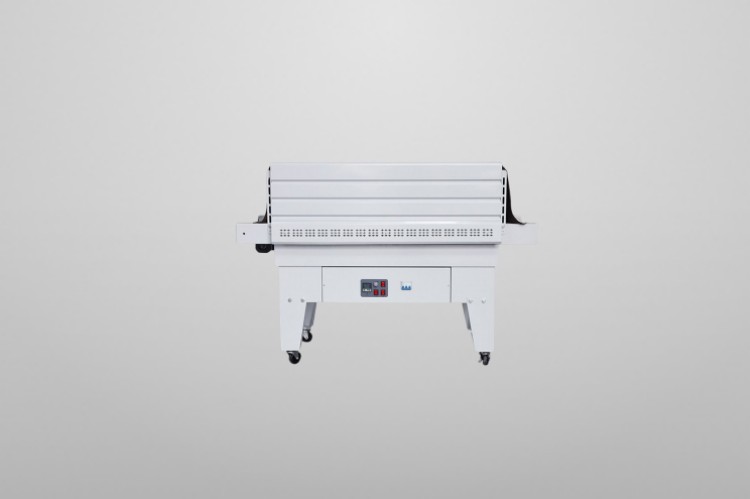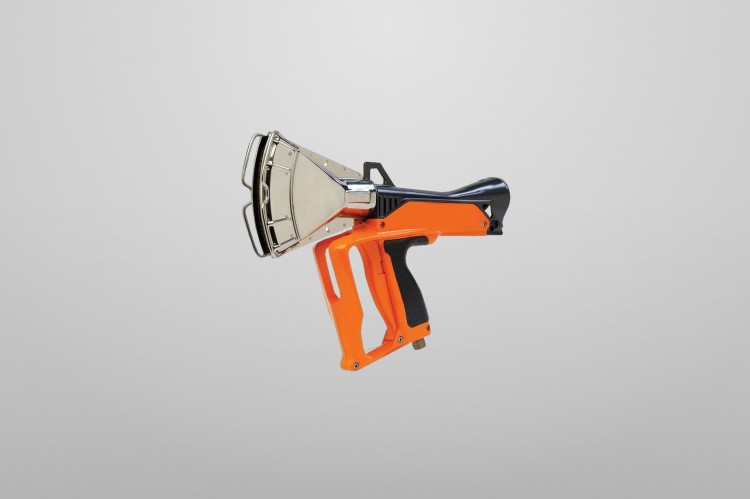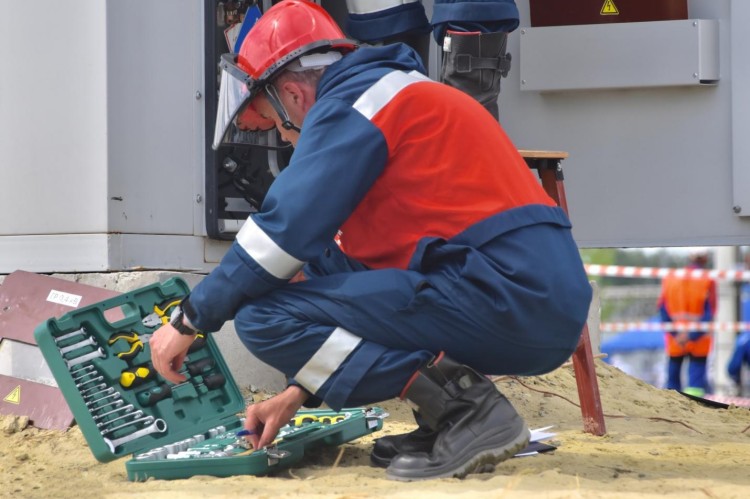Thickness of Aluminium Foil
Thickness of Aluminium Foil
Do you know that your kitchen and packaging industry have one thing in common and that is aluminium foil? This material has diverse uses in many fields, such as cleaning appliances, sharpening scissors, lining dishes, being used as insulator or wrapper, and many more.
The sheets and foil of aluminium are fabricated in different thicknesses and lengths. Nevertheless, the thickness of aluminium foil has important purpose in its application. Also, different types of aluminium foil have diversity in their thickness. Manufacturers often do not mention the thickness of aluminium foil on their websites.
Still, are you confused about the thickness of aluminium foil and often find it difficult to decide what thickness is suited to package your product? Then, there is no need to worry as we have compiled this guide, especially for you. Here, we will answer every question related to this topic.
1.What is Meant by Aluminium Foil?
Aluminium Foil
It is a light metallic sheet created primarily from aluminium about 92-99% and small quantities of iron and silicon. These tiny quantities of other elements impart strength and resistance. This alloy is heated at high temperatures and then rollers are applied to the molten alloy to roll and solidify it.
This metallic sheet has a lustrous sheen on one side and the other side is dull. It is a strong, durable, and tough material used for protection and preservation purposes. Besides this, it is an inert corrosion-resistant material that prevents the oxidation of food and the growth of microbes.
It offers the advantage of flexibility and malleability which means that it is easily moulded and customized into desired shapes and designs. It is quite affordable as aluminium is available in large quantities around the world.
It is versatile in its use and its common utility includes packaging, baking, decoration, insulation, printing, etc.
The process of forming aluminium foil by rolling was discovered by Robert Victor Neher and Alfred W. Hall around 1910 while its commercial production was started in 1913 by a business called Aluminium Industrie Aktien Gesellschaft (AIAG).
2.What Is the Thickness of Aluminium Foil?
Thickness of Aluminum Foil- Picture Courtesy: The Today Show
It is the distance between two sides- front and back of the aluminium foil. The thickness is defined as the measurement of smallest dimension of aluminium foil. Depending upon application and manufacturer, there is miscellany in the thicknesses of aluminium foil.
Moreover, it is a known fact that thicker aluminium foil is more robust and has higher strength. But they are less malleable and ductile, on the other hand, thinner aluminium foil is easier to handle and are fabricated into variety of shapes but they are less tear and puncture-resistant than their thicker counterparts.
Also, the use of aluminium foil differs depending on its thickness. Some applications like grilling require thicker aluminium foil and others use thinner aluminium foil, for instance, packaging of confectioneries.
Sometimes, the thinner aluminium foil is laminated with plastic or paper to provide it with more strength while keeping its flexibility.
3.Are there Common Units for Measuring Thickness of Aluminium Foil?
Thickness of Aluminum Foil- Picture Courtesy: Tasting Table
It is estimated in microns, Mils, inches, and gauge. The microns and Mils are the customary units for measuring the thickness of aluminium foil.
| Gauge | It is a measure that denotes the thickness of aluminium foil. Gauge is the industrial term employed for estimating the thickness of different materials. It is not frequently adopted unit for aluminium foil.
The gauge and thickness of aluminium foil are inversely related to each other meaning that higher gauges have the lowest thickest and vice versa. For example, 20-gauge aluminium foil is thinner than 12-gauge aluminium foil |
| Mils | It is an imperial unit, a regularly employed unit in packaging industries for estimating and comparing the thickness of the aluminium foil. 1 Mil is equal to 1/1000 of the inch. |
| Microns | It is a common nickname for micrometre and is commonly used for measuring the thickness of aluminium foil. It is a metric unit and is equal to 1/100000 meter. |
| Millimeter | It is another unit in the metric system and is mostly used for estimating thicker aluminium foil. It is an accurate unit offering the most precision in measuring thickness. |
Unit Chart For Aluminium Foil
Usually, when you go through resources about aluminium foil, you find different units that result in an overwhelming mind. To clear up confusion in dimension units for thickness, below is the unit chart for the thickness of aluminium foil.
| Mil | Micron | Inch | Millimeter |
| 0.23 | 6 | 0.0002 | 0.006 |
| 0.31 | 8 | 0.0003 | 0.008 |
| 0.39 | 10 | 0.0003 | 0.010 |
| 0.47 | 12 | 0.0004 | 0.012 |
| 0.55 | 14 | 0.0005 | 0.014 |
| 0.62 | 16 | 0.0006 | 0.016 |
| 0.74 | 19 | 0.0007 | 0.019 |
| 0.86 | 22 | 0.0008 | 0.022 |
| 0.90 | 24 | 0.0009 | 0.024 |
| 1 | 25.4 | 0.001 | 0.025 |
| 2 | 50.8 | 0.002 | 0.050 |
| 5 | 127 | 0.005 | 0.127 |
| 7.8 | 198 | 0.007 | 0.198 |
4.What is the Highest Thickness of Aluminium Foil?
Thickness Value of Aluminium Foil
The thickness range of aluminium foil is quite broad as different brands have their specific aluminium foil thickness range. However, the thickest aluminium foil is generally in the range of 0.198 mm or 0.007 inch or 7.8 Mils.
The thinnest aluminium foil is 0.006 mm (0.0002 or 0.23 Mils). It is found in food and confectionery packaging.
The thickest aluminium foil is highly popular among industries because of its heavy-duty strength and protection.
5.What Is the Common Thickness of Aluminium Foil for Use in Product Packaging?
The most important application of aluminium foil is the packaging. It has broad use in packaging fields including flexible packaging, semi-rigid packaging, gold card packaging and many more.
Some useful applications and thicknesses of aluminium foil for product packaging are discussed below for your knowledge:
Flexible Packaging
Thickness of Aluminium foil in Flexible Packaging
Today, flexible packaging is everywhere from food to the pharmaceutical industry. The aluminium foil in this packaging is adopted for food preservation, stopping water entry and loss, and maintaining the sterility of items.
Food-grade aluminium foil having a thickness of 0.006 to 0.009 mm is employed in flexible packaging. This foil is usually laminated and lacquered for food packaging.
Aseptic Packaging
Thickness of Aluminium foil in Aspectic Packaging- Picture Courtesy: Asia Pacific Food Industry
It has also found its use in aseptic packaging such as carton boxes and increases the shelf-life of dairy and beverages such as fruit juice. Aluminium is a non-reactive material and prevents oxidation of dairy products. Its thickness for aseptic packaging is 0.006 mm to 0.2 mm.
This type of packaging has a long expiry date without the need for refrigeration.
Semi-Rigid Packaging
Thickness of Aluminium foil in Semi-rigid Packaging
This type of packaging has the advantages of both flexible and rigid packaging, Different thicknesses of aluminium foil are employed in fabricating diverse semi-rigid containers for takeaway and readymade foods like tubs, trays, lids, screw caps, and many more. Aluminium foil is popular in semi-rigid packaging because of its formability and impermeability. Semi-rigid containers are created with 0.045 to 0.02 mm thick aluminium foil.
Beverage Packaging
Thickness of Aluminium foil in Beverage Packaging
Thick aluminium foil of about 0.010- 0.011 mm is used as an outer cover for wrapping alcoholic beverages. These serve as a bottle mark. Moreover, aluminium foil with a thickness of 0.15-0.7 mm is an important component for forming beverage bottle caps.
Blister Packaging
Thickness of Aluminium foil in Blister Packaging
Aluminium foil is often found in the lidding materials for blister packs. Different thickness mediums of aluminium foil are used for creating peel-open or push-open blister packs. Ultra-light gauge and light gauge aluminium foil are thin foils with a thickness of 0.006-0.007 and 0.008-0.012 mm and are used in flexible blister packs.
In strip packaging, aluminium foil of a higher thickness of 0.02-0.05 mm is employed whereas, blister lids are made with 0.012-0.025 mm thick aluminium foil. These thickness ranges are imperative in creating the right solutions for both typical and tailored applications.
Gold Card Packaging
Thickness of Aluminium foil in Gold Card Packaging- Picture Courtesy: Claws Custom Boxes
It is gaining traction in numerous countries due to its versatility and customization. Cigarettes, cosmetic products, gift boxes, and other high-end items are packed inside lustrous and luxurious materials primarily formed from aluminium foil.
Its thickness of 0.006-0.007 mm is ideal for keeping the product fresh and also for captivating consumers.
6.What is the Thickness of Single Zero Aluminium Foil and Double Zero Aluminium Foil?
Based on thickness, there are two main types of aluminium foil. Each of these classes of aluminium foil has its specific applications and benefits. These types are:
Single Zero Aluminium Foil
Single Zero Thickness Aluminium Foil- Picture Courtesy: Aluminium Foil
This aluminium foil has a heavier thickness ranging from 0.01 to 0.1 mm. Single-zero aluminium foil has one zero after the decimal point in its thickness value. It is sturdier than its double zero counterparts and is employed in the manufacturing of lids, wrapping food items, and blister packaging.
Double Zero Thickness Aluminium Foil
Double Zero Thickness Aluminium Foil- Picture Courtesy: haomei aluminium
As the name suggests, the thickness of this type of aluminium foil has two zeros after the decimal point in its measurement. Double-zero aluminium foil is thinner than the single zero aluminium foil and its thickness is from 0.001 to 0.01 mm. It is more suited to lightweight packaging and is frequently employed in culinary and baking services.
7.Does the Thickness of Aluminium Foil Affects Its Sustainability?
Sustainability of Aluminum Foil- Picture Courtesy: GreenCitizen
Today, in the eco-aware world, everyone asks questions about the sustainability of materials. The thickness of aluminium foil has a major impact on its sustainability. Thinner aluminium foil is more sustainable than thicker aluminium foil. Here are the reasons as to why:
First, thinner aluminium foil is manufactured with less starting material aluminium, consequently, conserving more material. Also, thicker aluminium foil is produced using more energy than thinner ones, making the former less sustainable.
As the thinner aluminium foil is light in weight, therefore, it is transported and delivered to destinations with significantly low fuel consumption. This is attributed to lower carbon emissions. Thicker aluminium foil is heavy, resulting in more landfill and waste production while thinner aluminium foil produces less waste.
Both thicker and thinner aluminium foil are recyclable but the latter has a higher ratio of surface area to weight, consequently, it is easily treated in recycling facilities.
8.How to Choose Aluminium Foil Thickness for Different Applications?
Choosing the right thickness of the aluminium foil is crucial for different applications, because barrier properties, permeability, flexibility, and, the durability of aluminium foil are dependent upon its thickness. Therefore, here is a list of some important factors that will aid you in making a decision.
Understanding Application Requirements
Understanding Application Requirements
Before going to buy aluminium foil, first, it is important to plan and evaluate the primary objective of buying the aluminium foil. Different applications need certain features in aluminium foil.
For example, if you want aluminium foil for food packaging, aluminium foil must be food-grade. Moreover, the thickness of aluminium foil should be such that it would provide an effective barrier against environmental and biological agents.
Knowing Thickness Units
Knowing Thickness Units
There are diverse types of units for measuring the thickness of aluminium foil. There is no fixed industrial standard for this purpose instead every brand uses its desired units. So, you must know every thickness unit for aluminium foil and also learn about the conversion formula for each unit.
Otherwise, in the confusion you will select the wrong thickness of aluminium foil for your industrial or household usage.
Accessing Durability Demands
Accessing Durability Demands- Picture Courtesy: Packaging Gateway
Different thicknesses of aluminium foil have their pros and cons. If your particular application demands extra heavy-duty strength and durability to withstand higher mechanical stress then it is best to purchase aluminium foil with heavy thickness. This would be more effective in safeguarding your product against heavy physical strain and rough handling.
Familiarizing With Thickness Regulations
Familiarizing With Thickness Regulation
Every industry has its specific rules and safety checklist for using aluminium foil in packaging and other applications. Hence, it is essential to know specific regulations about the thickness of aluminium foil in your particular industry to select an appropriate thickness that satisfies industrial regulations.
Selecting Reputable Manufacturer
Selecting Reputable Manufacturer
Last but not least, always look for reputable manufacturers with a list of positive reviews and recommendations because there are lot of competition in the aluminium foil market and many vendors sell fake and substandard products. Reputable manufacturers have high-quality aluminium foil in a wide assortment of thicknesses.
Conclusion
In summary, aluminium foil is available in a variety of thicknesses. Moreover, there is diversity in its measuring units of thickness. There are specific industrial uses for thicknesses of aluminium foil. Hence, knowing the units, applications, strengths, and, weaknesses of different thicknesses of aluminium foil plays a significant role in shaping the success of a brand. So, plan and understand the thickness necessities of aluminium foil for your business. If confused about the selection, then feel free to ask our knowledgeable customer service. For more information Or Product Query; Please contact Allpack Team for Assistance.
Don't forget to share this post!
CONTACT US
Tell us your raw material and project budget to get quotations within 24 hours.
WhatsApp Us: +86 181 7101 8586
The Buyer's Guide
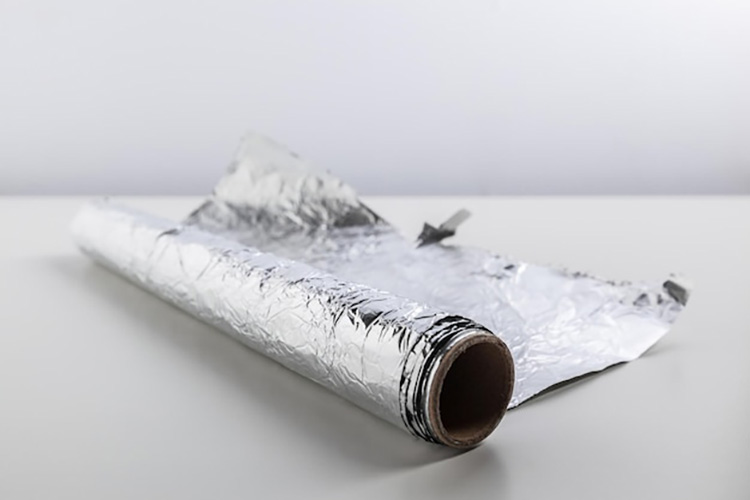
Thickness of Aluminium Foil Read More »

